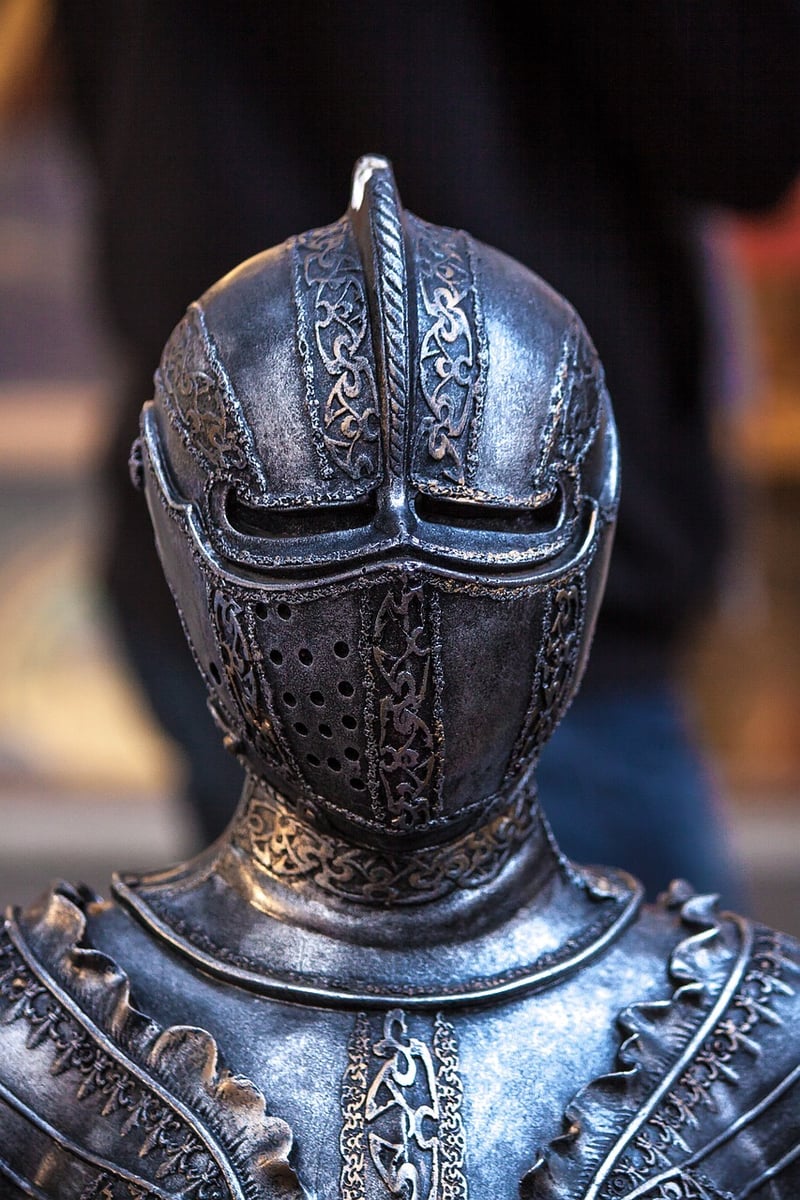Historical Etiquette
Prepare for Temporal Trips and Historical Etiquette
Introduction
Welcome, time traveler! Embarking on a journey through different historical eras requires more than just a time machine. To truly immerse yourself in the past, you must also understand and adhere to the customs and etiquette of the time. Let's explore how you can prepare for temporal trips and navigate historical etiquette with grace.
Essential Tips for Time Travelers
- Research the era you are visiting thoroughly to understand the customs, fashion, and social norms of the time.
- Pack appropriate attire to blend in seamlessly with the locals. A historically accurate wardrobe will enhance your experience.
- Learn the language spoken during that period to communicate effectively with inhabitants of the past.
- Respect cultural traditions and practices to avoid inadvertently causing offense or disrupting the timeline.
Historical Etiquette Guidelines
Each era has its own set of etiquette rules and social conventions. Here are some general guidelines to help you navigate the intricacies of historical manners:
Victorian Era (1837-1901)
- Address people by their titles and surnames, showing proper respect.
- Avoid direct eye contact, especially with the opposite gender, to maintain propriety.
- Use formal language and gestures, and always wait to be introduced before speaking to someone.
Renaissance Period (14th-17th centuries)
- Bow or curtsy when greeting nobility or royalty as a sign of respect.
- Engage in intellectual discussions and appreciate art and culture to fit in with the Renaissance ideals.
- Follow strict social hierarchies and show deference to those of higher rank.
Conclusion
By following these tips and guidelines, you can enhance your temporal trips and interact seamlessly with the people of the past. Remember, historical etiquette is not just about following rules; it's about immersing yourself fully in the rich tapestry of each era.


